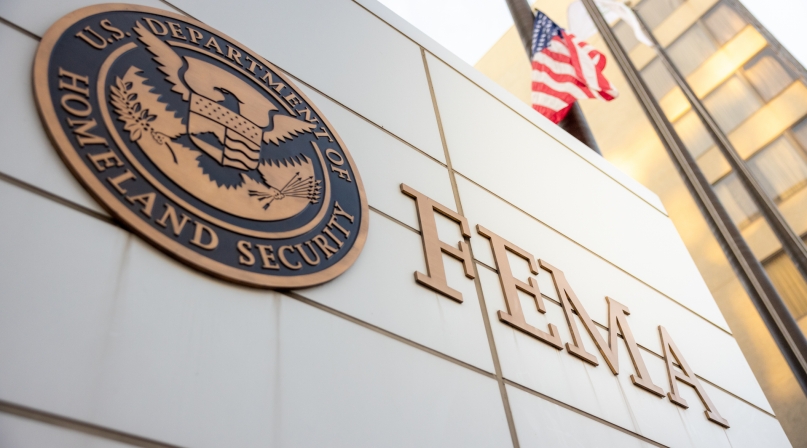FEMA delays $11 billion in state disaster reimbursements
Author

Brett Mattson

Naomi Freel
Upcoming Events
Related News

Key Takeaways
The Federal Emergency Management Agency (FEMA) recently withheld roughly $11 billion in planned disaster reimbursements to 45 states, shifting the payments to fiscal year 2026 and marking a major change in how the federal government is managing disaster relief funding.
What do we know?
A September 15 federal report revealed that FEMA postponed nearly $11 billion in planned reimbursements to 45 states, shifting the payments from fiscal year (FY) 2025 to FY 2026 without indicating when the funds will be released. The payments were originally intended to reimburse states for emergency costs related to the COVID-19 pandemic.
The delay comes as FEMA works to manage a projected multi-billion-dollar shortfall in its Disaster Relief Fund (DRF), which supports recovery efforts after major disasters. To preserve available funds, the agency has slowed the pace of new payments and increased reviews of pending expenditures.
FEMA has already spent about $140 billion responding to the pandemic, far exceeding early estimates, and will need to continue to make payment for at least the following year. Without additional congressional appropriations, the agency may have to continue delaying or scaling back future aid payments while continuing to pay back COVID-related reimbursement.
County impact
This funding freeze represents an unprecedented delay in FEMA reimbursements and could have significant implications for state and local governments that had incorporated those funds into their budgets. For counties, this development raises questions about timing, cash flow and recovery planning. Counties often depend on FEMA reimbursements to replenish local disaster response budgets and support long-term recovery efforts. A prolonged delay could affect the ability of local governments to respond to and recover from disasters in the months ahead.
NACo will continue to monitor FEMA’s budget and advocate for a supplemental cash infusion to close out the remaining COVID-19 reimbursement obligations. This step would help stabilize FEMA’s Disaster Relief Fund and ensure that future federal disaster assistance can focus on supporting state and local governments in response, recovery and mitigation efforts following natural disasters.
Featured Initiative
Intergovernmental Disaster Reform Task Force
As disasters intensify across the country, county governments play a crucial role on the frontlines of emergency management and recovery. With a commitment to advancing federal policies that foster collaboration between counties, federal agencies and other intergovernmental partners, the Task Force builds on years of county-led efforts to enhance disaster policies and practices, driving improved outcomes nationwide.

Related News

County officials moonlight in search and rescue roles
For some county officials, participating in search and rescue operations is another way to serve their communities, and make it safer for people to enjoy natural recreation resources.

SUPPORT Reauthorization Act of 2025: What it means for counties
On December 1, the bipartisan SUPPORT for Patients and Communities (SUPPORT) Reauthorization Act of 2025 (H.R. 2483) was signed into law. The reauthorization renews vital federal funding for programs that seek to prevent opioid overdoses and expand treatment and recovery options.

DHS releases FY 2026 funding opportunities for World Cup and Counter-UAS grants
The U.S. Department of Homeland Security (DHS) and the Federal Emergency Management Agency (FEMA) have released the FY 2026 Notices of Funding Opportunity (NOFOs) for two major new homeland security grant programs: the FIFA World Cup Grant Program and the Counter-Unmanned Aircraft Systems (C-UAS) Grant Program.